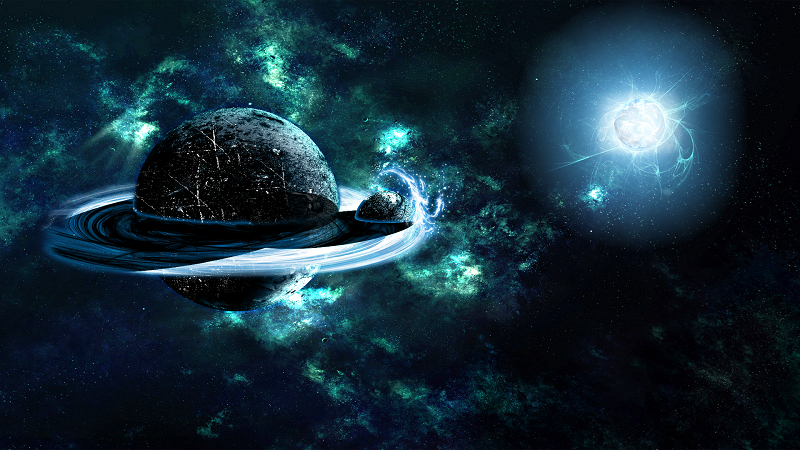Exoplanets With Better Life-Sustaining Conditions Than Earth Might Exist

The Goldschmidt Geochemistry Congress just took place in Barcelona, Spain. The event span over six days, from August 18 to August 23. There, a team of researchers supported by NASA explained how Earth might not be the most habitable planet in the universe.
When scientists search for exoplanets, they always look for planets that have Earth-like conditions. But what if our planet’s requirements are not the best habitable ones?
The presentation held by the team was based on a study named “A Limited Habitable Zone for Complex Life,” which was published in the June 2019 issue of The Astrophysical Journal. The research was conducted by scientists from Caltech, the NASA Goddard Institute for Space Studies, the NASA Astrobiology Institute, the NASA Postdoctoral Program, the NExSS Virtual Planetary Laboratory, the Blue Marble Space Institute of Science, and multiple universities.
As the study shows, HZs are a range of distances star within which liquid water can exist on the surface of a planet. Still, this approach does not take into account the dynamics of the atmosphere that can sustain life and assure climate stability. Adequate atmospheric dynamics include carbonate-silicate feedback that maintains surface temperatures within a specific range that makes life possible. There is no direct method of determining the conditions of distant exoplanets, so scientists rely mainly on complex models for planetary climate and evolution.
Exoplanets With Better Life-Sustaining Conditions Than Earth Might Exist
Dr. Stephanie Olson of the University of Chicago (a co-author on the study) explained the approach of the research: “NASA’s search for life in the universe is focused on so-called Habitable Zone planets, which are worlds that have the potential for liquid water oceans. But not all oceans are equally hospitable–and some oceans will be better places to live than others due to their global circulation patterns. Our work has been aimed at identifying the exoplanet oceans which have the most significant capacity to host globally abundant and active life.
Life in Earth’s oceans depends on upwelling (upward flow) which returns nutrients from the dark depths of the ocean to the sunlit portions of the ocean where photosynthetic life lives. More upwelling means more nutrient resupply, which means more biological activity. These are the conditions we need to look for on exoplanets”.
During the study, the team created a model based on possible conditions of several types of potentially-habitable planets. This way, the researchers managed to determine which kinds of exoplanets would probably develop and sustain thriving biospheres.
As it turns out, planets with a higher atmospheric density, slower rotation rates, and the presence of continents would have the best habitable conditions. This means that there might be planets out there better suited to support life than Earth.
The ONLY planets which might be super-habitable , are those which already actually possess plant life . Both atmospheric and hydrospheric reprocessing are necessary to create such a beneficent world . This brings in an immediate quandary ; do we go to such a world , and infest/kill it , or do we keep hands-off , and preserve it ?
Future technology will enable us to settle many of the rocky-bodied worlds , in the stellar neighborhood . Earth-2 is not required , so why not protect the rare and vulnerable life-worlds ?
*Super-Mercurys here we come !
D.H.